Herbal infusion for feeding tomatoes

Many summer residents try to use mainly natural remedies for feeding tomatoes. Among such remedies is the herbal infusion, which will be discussed today. In this article, we will talk about what it can give to the plant, as well as about the features of its preparation and use.
Composition
Herbal infusion is a folk remedy that is often used to feed tomatoes. It is environmentally friendly and completely safe for both humans and the environment.


During their growth, various herbs absorb useful and nutrients from the earth and air, accumulating them in all their parts. A solution based on such plants contains a lot of nitrogen. When cultural plantings are saturated with this component, they begin to actively gain vegetative mass and become stronger in terms of immunity. These tinctures also contain a lot of potassium, which has a great effect on the root system of tomatoes, on their flowering and fruit setting.
Top dressing from grass is also beneficial for the soil. They saturate it with nutrients, which contributes to fertility and, as a result, good growth of tomatoes. In addition, due to the alkaline reactions of fertilizer, soil deoxidation occurs, which has a beneficial effect on many cultivated plants that do not react well to the high acidity of the soil.
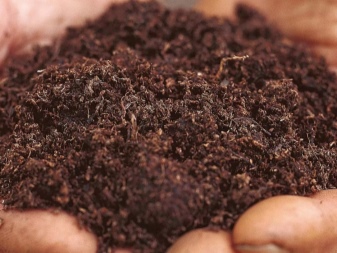

How to dilute?
For To make a green tincture, you need a bucket, 2/3 of which must be filled with grass. And it doesn't matter what you use: nettle, woodlice, dandelion or other weedy greens - all this will be equally useful for planting. However, we note that it is not worth taking for the infusion plants that have faded and are capable of producing seeds. Many of the weed seeds are capable of surviving fermentation and can subsequently begin to germinate.
Add 0.5 liters of wood ash to the greenery. This component is famous for its high content of potassium and phosphorus, which are especially useful during the growing season of tomatoes. In addition, they have a beneficial effect on the condition of the root system, and also contribute to the active flowering and fruiting of tomatoes.
If you plan to feed the plantings at the end of July, then superphosphate can be added to the solution. In this case, it is necessary to observe the proportions. So, for 1 handful of the substance, it will be necessary to add 10 liters of liquid.
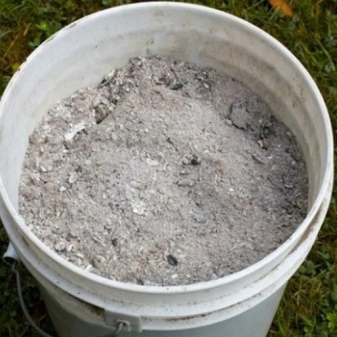
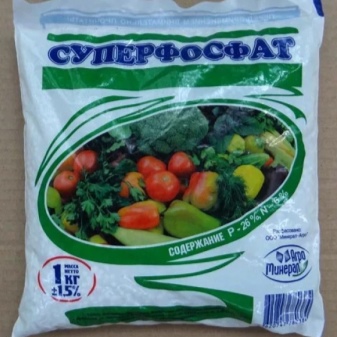
Next, you need to add water to the bucket, but not to the brim. When tinctured, the solution will begin to ferment, forming a foamy head, for which it needs space. Note that if you are using tap water, then it must be defended to remove chlorine from it.
All components need to be mixed well, after which you need to tightly close the container with a lid so that the fermentation process of the infusion takes place without air.
Next, the bucket must be placed in a dark but warm place for a day. The next day, a head of foam should form at the tincture, and therefore the solution must be mixed again. Further, the speed of preparation of the solution depends solely on the temperature: the higher it is, the faster. In the summertime, already on the 3-4th day, it is completely ready for use.
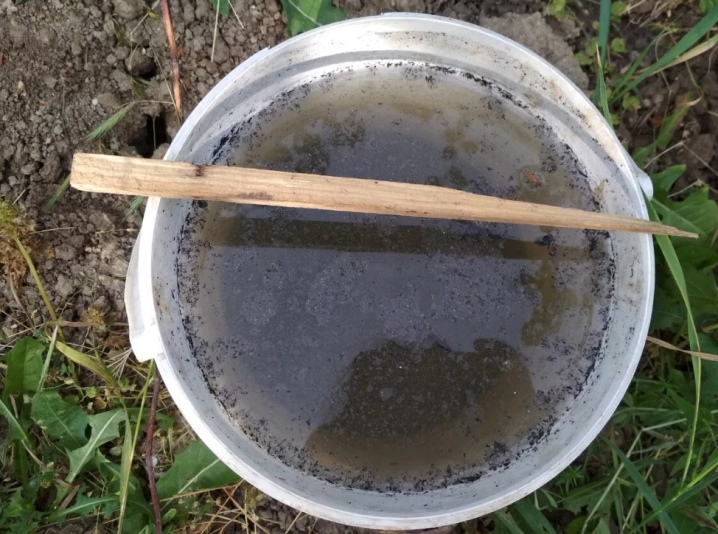
How to deposit?
To carry out root feeding of tomatoes, it is necessary to dilute the solution in a ratio of 1 to 10, that is, a liter of solution and 10 liters of water. At the same time, it is necessary to water each tomato bush with a liter of liquid.
You should not do a lot of concentration, as this can lead to an excessive set of green mass, which subsequently will not have the best effect on the fruits.
For foliar feeding without watering, you will need to dilute 0.5 liters of the finished tincture with 10 liters of water. After that, you can spray the planting leaves.
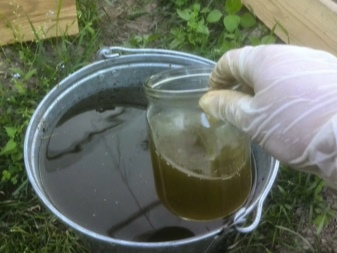
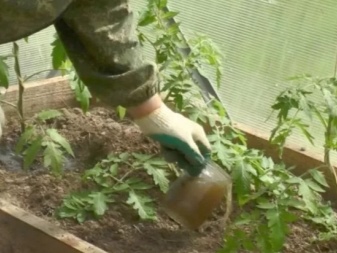













The comment was sent successfully.